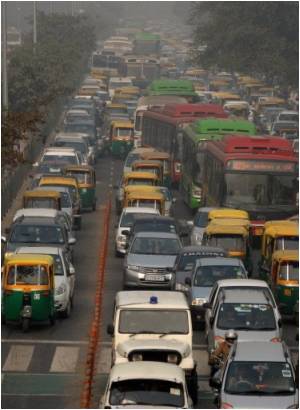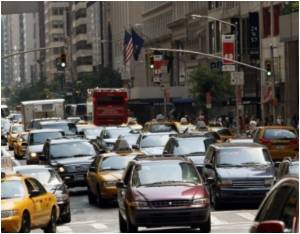In a study it was found compressed natural gas (CNG) - a well known clean fuel has not shown a significant reduction in harmful vehicle emissions.

Of the city's more than 5,000 auto-rickshaws with two-stroke engines, the study found that CNG produced only minor reductions in emissions that cause air pollution and an increase in emissions that negatively impact climate change.
According to the researchers, the New Delhi's program could have achieved greater emission reductions at a cheaper price by simply upgrading two-stroke models to the cleaner, more fuel-efficient four-stroke variety.
"Our study demonstrates the importance of engine type when adopting clean fuels. Despite switching to CNG, two-stroke engine auto-rickshaws in Delhi still produce similar levels of particulate matter per kilogram of fuel to a diesel bus - and their climate impacts are worse than before," said lead author Conor Reynolds.
The study is the first to comprehensively examine the pollutant emissions from small vehicle engines fuelled with CNG. It included significant laboratory testing of Indian auto-rickshaws.
The study found that as much as one third of CNG is not properly burned in two-stroke engines, producing high emissions of methane, a major greenhouse gas that contributes to climate change. CNG use also produced substantial emissions of high particulate matter from unburned lubricating oil, which can appear as blue smoke.
Advertisement
According to the researchers, the study has broad implications for the design of public health interventions.
Advertisement
Source-ANI










